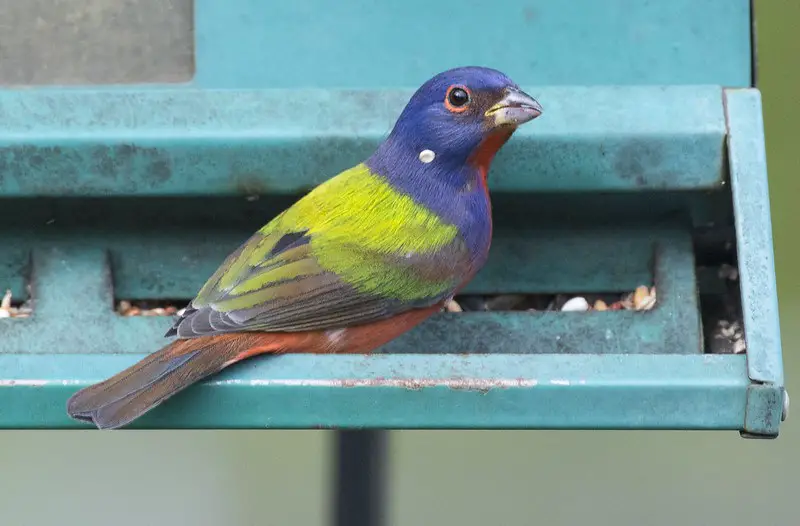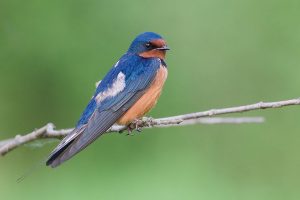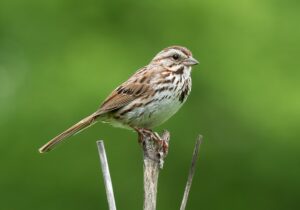Getting a Painted Bunting to visit your yard can be tricky. They’re more hesitant to be out in the open than typical feeder birds like cardinals or wrens, and need plenty of cover nearby. But with the right food, shelter, and a water source, you can create a space that’s too good for them to resist!
The perfect yard to attract Painted Buntings will have a few native trees nearby for cover, a feeder with white millet, native grasses for additional cover and food, and a shallow water source for them to drink and bathe.
You don’t necessarily need every one of these to attract a Painted Bunting, but you’ll maximize your chances if you do. At a minimum you’ll need a good food source.
What do Painted Buntings Eat?
The best seed to buy for buntings is White Proso Millet. You can buy it by the bag, or buy a seed mix that already includes it. Place it in a standard tube style feeder or a platform feeder, and place the feeder within 30 feet of vegetative cover for best results.

Painted Buntings are almost exclusively seed eaters, except during spring. In April they need more protein to bulk up for migration, which comes from insects. Then the adults switch back to seeds, but continue to hunt insects through May and June to feed their young.
Once July hits, buntings will focus exclusively on seeds. This is when you’re most likely to get them on your feeders, especially if you also provide a water source. Once they find your free buffet, they’re likely to keep returning until mid to late September when they migrate south.
Note that buntings are more likely to visit yards with dense, low vegetation like grasses and small shrubs. Perfectly manicured lawns have little to offer them, so consider placing some native plants near your feeders to attract them.
What Plants Attract Painted Buntings?
Buntings mostly eat seeds on native grasses. To make your yard more attractive to them, plant native species like Switchgrass and Little Bluestem in small clusters. Indiangrass and Big Bluestem are also good choices.

When these grasses begin to flower and seed in late summer they’ll provide an additional food source, plus some extra shelter. It also mimics their natural habitat, which can only help to bring them in.
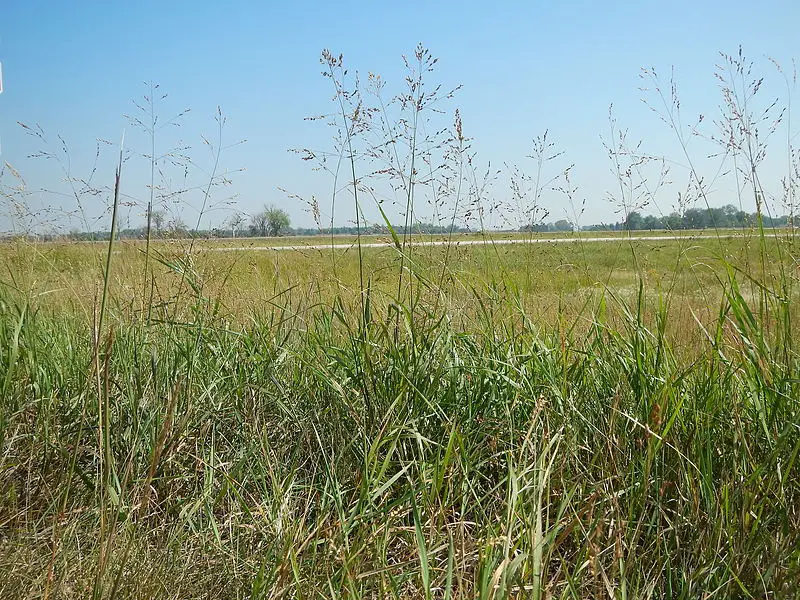
Another good seed plant is Wood Sorrel (think three leaf clover). It blooms and seeds about two months earlier than grasses, so it’s great for bringing in buntings during late spring and early summer.
Wood Sorrel takes up much less vertical space because it grows so low to the ground, and it easily blends in with a more typical lawn. Native grasses are still ideal though.
Shrubby St. John’s Wort is a late summer bloomer to consider because it’s hardy and great for a variety of wildlife. The cheerful yellow flowers will attract butterflies and hummingbirds, and the seeds will attract birds in the fall, including buntings, and continue feeding birds into early winter.
Provide Cover for Protection
Painted Buntings like substantial cover nearby in case a predator like a hawk or house cat suddenly shows up. They need to feel secure before venturing out in the open. Large Live Oaks seem to be their favorite, but they’ll also readily use other species of oak, plus elm, hackberry, and most other sizable native hardwoods.
Below is a photo of ideal Painted Bunting habitat in the wild. See all the shrubs and trees around? In a perfect world, that’s what you’re trying to replicate in your yard.
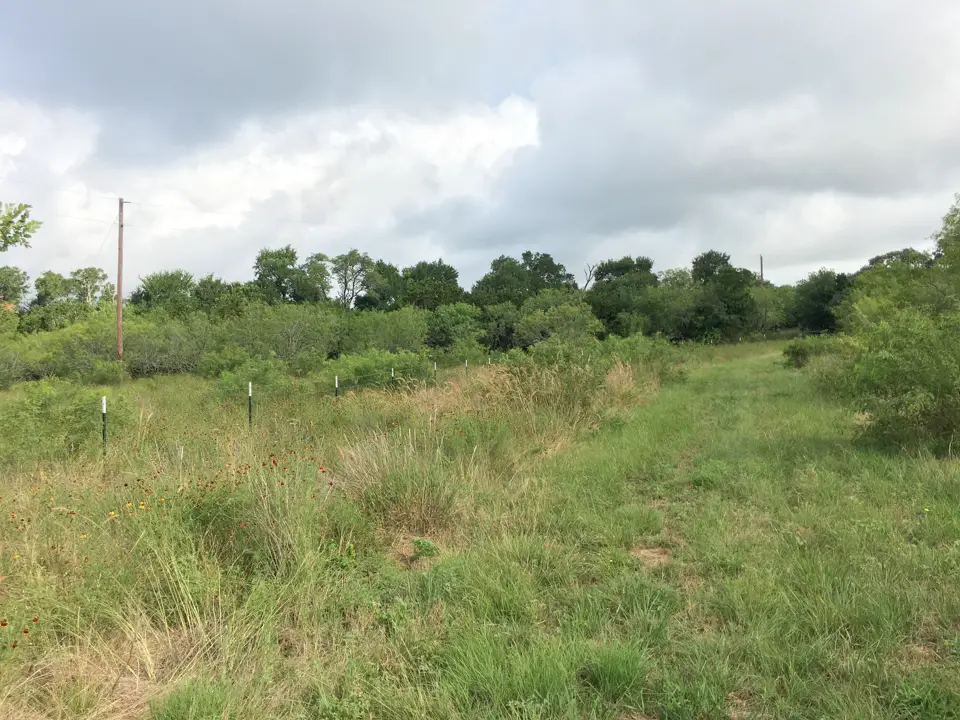
For a tree to be big enough to count as cover, it probably needs to be at least 10 feet tall or so. Generally the more spread it has, meaning the bigger around it is, the better. This will give birds plenty of room to fly in and out, and to hide.
Even if you don’t have any good trees in your yard, as long as there’s a few trees nearby, say within 30 – 40 feet, then that may be enough.
Keep a Water Source Available
Providing water is great because it’s easy, cheaper than bird seed, and sometimes in the heat of the summer it’s all you need to bring in a Painted Bunting.
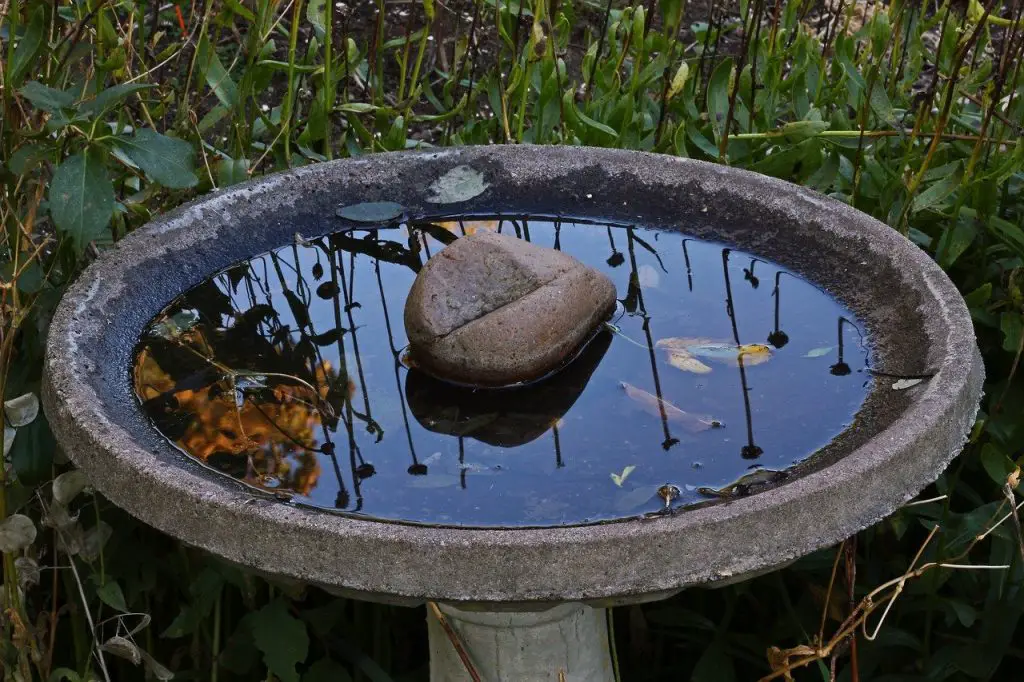
Whether it’s a bird bath, shallow pan, or a ceramic pot saucer, birds aren’t picky. As long as it has water and an easy place to perch or stand, then birds will almost certainly use it.
The important thing is to keep the water fresh and change it out regularly. Not only is clean water more attractive to birds, but it stops the spread of bacteria and disease.
Keep your water in a shaded spot to slow evaporation and discourage bacteria and algae growth. Elevating it above the ground helps birds feel safer while using it, since it’s easier to spot predators from a vantage point.
Can you get Painted Buntings in the City?
The short answer is probably not, but it depends. Buntings prefer large patches of habitat, with three acres as a rough minimum. Because they like to eat grass seeds, the less manicured the space the better.
Sometimes larger city parks will attract them in small numbers. Nature parks and greenspaces can be great for them. So if you live less than a mile from one of these, or close to a grassy field with some trees, then you may have a decent chance of getting one to visit your yard.
But if you’re smack in the middle of suburbia with miles of concrete around you, there’s likely just not enough of these birds around to attract one to your home.
If that’s you, don’t feel too sad because you can still find a local spot to see them. Just grab your binoculars, learn what their song sounds like from an online source or phone app, and take a leisurely walk.
These birds tend to be very active during spring and summer in the right habitat, especially during morning hours. Males will sing energetically, making finding them much easier.
If you’d like to venture away from home in search of these birds, and happen to live in Texas, check out our guide on where to find a Painted Bunting.

